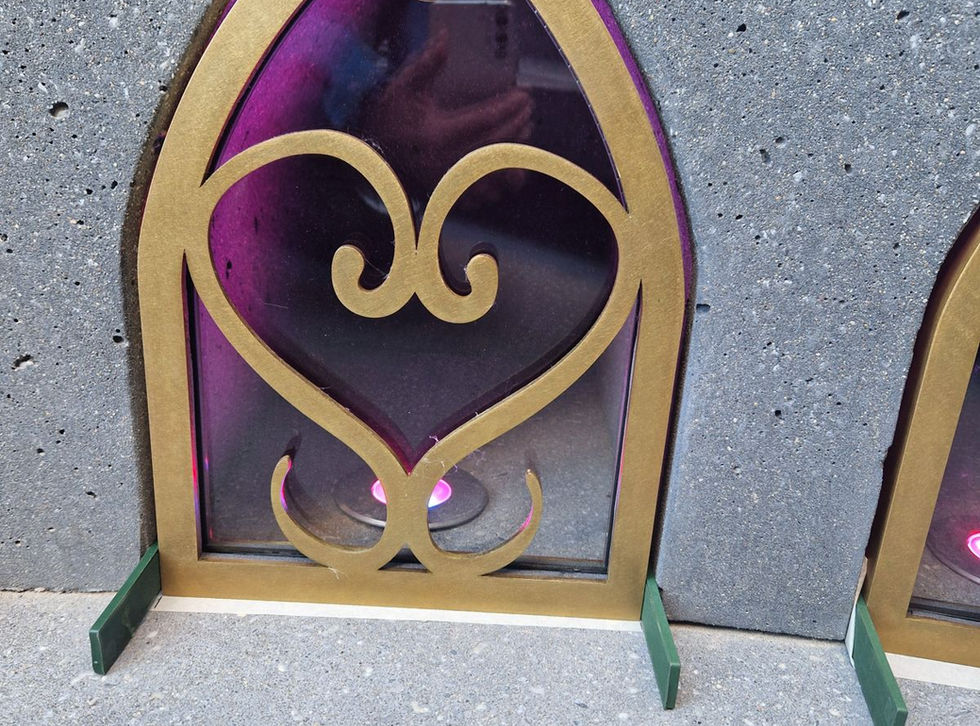top of page
THE LOCKWARD COLLECTIVE
EarthNest embodies decolonial healing and hope, serving as a communal temple that unites communities and gathers memories lost to colonial erasure. Its underground cradles ancestral soils, while the violet aerial cone symbolizes the healing of colonial wounds. This memorial is a woven nest, honoring and nurturing the dreams, memories, and territories threatened by oblivion.
bottom of page







